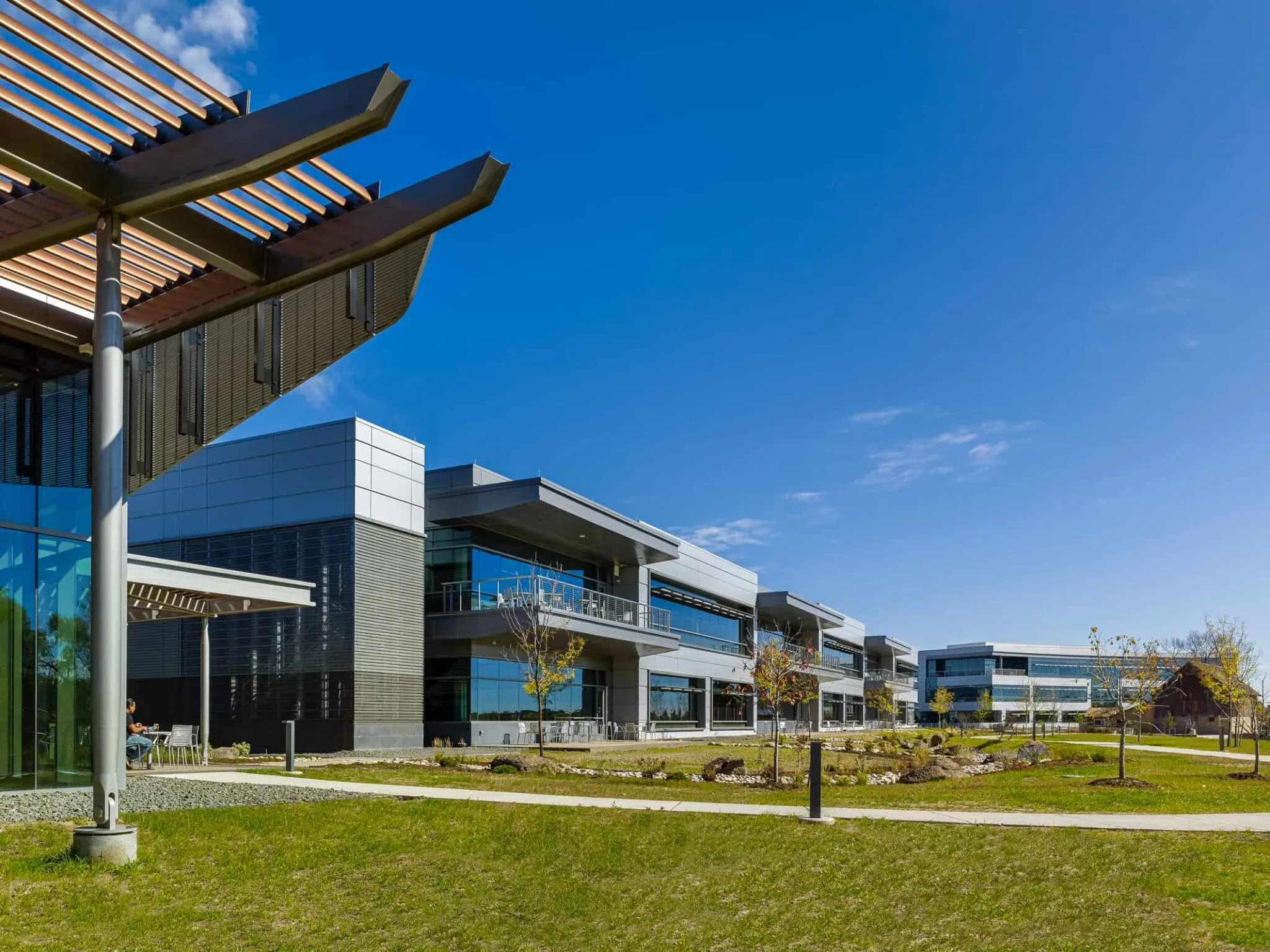Need for speed: Region’s cities take varied routes toward broadband superhighway

From tech-savvy businesses and schools dealing in big chunks of data to the kid next door immersed in the world of online gaming, the public push for higher-speed Internet access is everywhere.
How cities in the Boulder Valley and Northern Colorado respond to the demand, however, can be as different as PCs and Macs.
What the public wants can be boiled down to three comments submitted in a 2018 Broomfield citizen survey.
“I think the number one priority should be municipal broadband,” wrote one resident. “There aren’t many choices for internet, and with net neutrality…
THIS ARTICLE IS FOR SUBSCRIBERS ONLY
Continue reading for less than $3 per week!
Get a month of award-winning local business news, trends and insights
Access award-winning content today!





